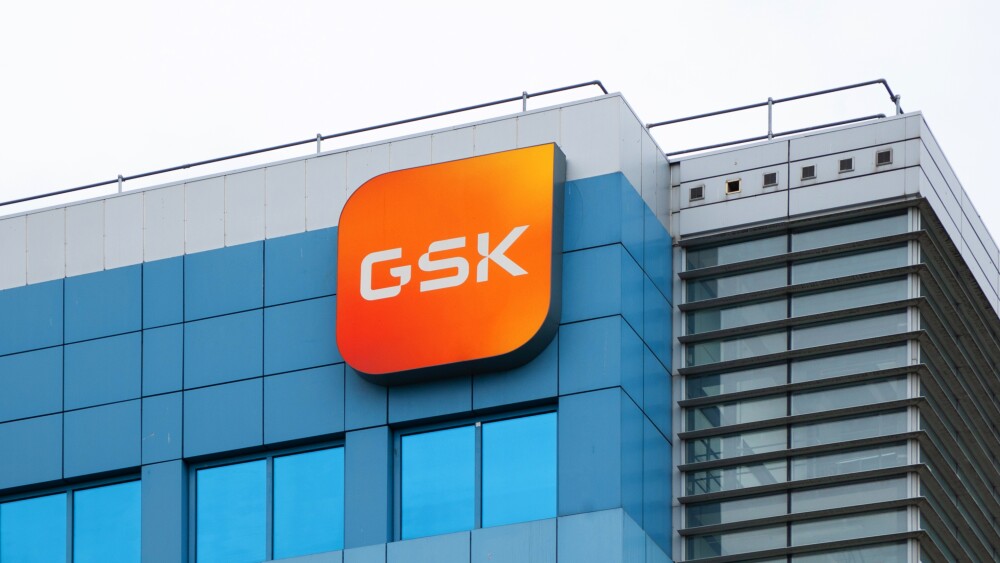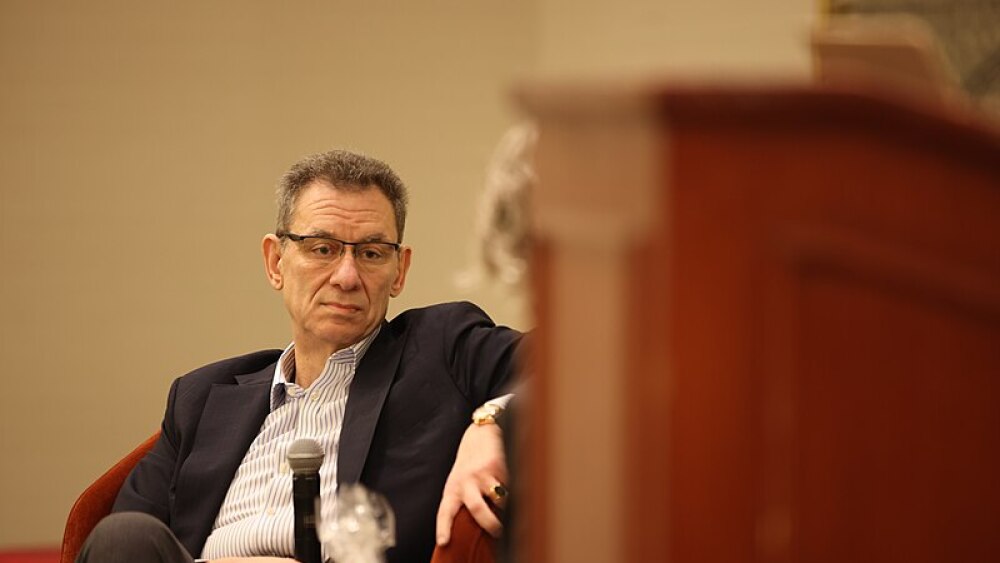A complex state vs. federal regulatory scheme allows drug compounders to advertise drugs without disclosing risks like a pharma company must do. Experts say it’s time for the FDA to crack down.
The FDA last week announced a crackdown on pharmaceutical ads. While we still don’t know all of the recipients of the 100 or so enforcement letters that were sent out, one stands out. Hims & Hers reportedly received a letter, for a Super Bowl spot promoting its compounded GLP-1 medicines.
The ad, which begins with a dark and negative montage about the obesity epidemic in America, says the pharma industry has a solution for weight loss that is unaffordable: “They’re priced for profits, not patients,” the spot claims of GLP-1 drugs. The ad then becomes brighter as we see patients reach into their fridge for a vials marked “hims.”
Tiny print reads: “Compounded drug products are not FDA approved. The FDA does not evaluate compounded drug products for safety, effectiveness, or quality.”
That’s the only risk disclosure. Otherwise, the usual list of risks and benefits is not communicated, as would be required of a pharma company advertising the exact same medication.
The same is true for a recent campaign by telehealth provider Ro starring Serena Williams. The tennis star is seen injecting a GLP-1 medicine herself while advocating for patients to use Ro’s services to access weight loss medications.
Why can a compounding pharmacy or telehealth provider do this while a pharma can’t? The answer is simple but reveals a problem with a complex fix: compounders are state regulated, meaning they aren’t subject to the same stringent regulations as a drug manufacturer like Eli Lilly or Novo Nordisk that risks and benefits be disclosed.
But experts say it’s time for this loophole to be closed.
“To take [out] a Super Bowl ad, that’s pretty bold,” Paul Kim, regulatory consultant, former FDA staffer and current principal for Kendall Square Policy Strategies, told BioSpace. “I think what they’re counting on is that there is enough already swirling around in the wind—enough competing priorities—that this isn’t something that the agency would take action on.”
Masquerading as a Manufacturer
Compounders have been around for a long time. These local pharmacies have traditionally offered patients bespoke medicines, made to order, for all sorts of conditions, Kim explained. While biopharma companies had to go through the standard FDA review process for getting their drugs approved, the local nature of compounding businesses meant states were responsible for regulating them.
But around 1997, the FDA realized it had a problem. As compounders began expanding beyond their state borders, the agency put up some guardrails in the form of an amendment to the Federal Food, Drug and Cosmetic Act that laid out what compounders can and cannot do. This included a list of drugs that should not be compounded due to safety risks. The agency also set expectations for the quantities of medicines that could be compounded without crossing into the realm of pharma manufacturing.
“In other words, you can’t be a manufacturer masquerading as a compounder,” Kim said.
Fast forward to 2025, when GLP-1s have taken the world by storm. The FDA has taken steps to limit compounders’ creation of GLP-1s but recently fell short of forcing them to stop despite no shortage on record for either of the approved medicines—Novo Nordisk’s Wegovy and Eli Lilly’s Zepbound.
The issue is much bigger than just ads, but Kim and others say that the compounders are taking things too far with advertising compounded GLP-1s.
“The first time I started seeing them come out . . . I’m like, how are these ads being served? This isn’t gonna last,” said Mark Gardner, founder and managing partner of FDA compliance law firm Gardner Law. “That was probably a year or more ago.”
One industry source who asked to remain anonymous to speak freely told BioSpace that there has been “an increase in brazen advertising and marketing strategies that aggressively promote the purported benefits of the compounded products but do not include information on their risks and side effects.”
These compounders are selling products that have not been FDA tested without disclosing the many risks associated with them, the source added. “Bad actors are exploiting the system to distribute massive quantities of medically unnecessary compounded drugs nationwide without adequate guardrails to protect the public health.”
Kim said the compounders have essentially sidestepped the FDA’s regulations. “This is pretty much nonsense. Now these guys are clearly reaching an interstate audience,” he said.
The letter purportedly sent to Hims & Hers is a step in the right direction, Kim and others said, but they added that the FDA should be doing more to address compounders and telehealth providers as an easy win in the campaign to crack down on misleading pharma ads. “We see these clear abuses. Why haven’t you focused on that first?” Kim wondered.
FDA Commissioner Marty Makary did specifically address telehealth providers—but not compounders—in a JAMA article and in an op-ed in The New York Times outlining his case against drug ads last week. He pointed to a recent analysis showing that 1,800 social media ads from 15 telehealth companies promoted prescription drugs without including warnings or risks.
“Drug advertisements on social media are often presented as entertainment, blurring the boundaries between editorial content, user-generated media, and pharmaceutical advertising,” Makary wrote. “Consumers are encountering medical claims in casual, immersive formats that lack clear promotional identification, making it difficult to distinguish between evidence-based information and promotional material.”
Ro and Hims’ ads simply refer to the product as a GLP-1, which could be seen as skirting regulation on promoting a specific drug. But according to John Driscoll, an independent FDA advertising and promotional consultant who works with pharma manufacturers, the FDA has long held that you do not have to name a drug to be considered to be promoting it. Enforcement of this has been strictly held to manufacturers, however.
“Since telehealth providers like Hims or Ro aren’t manufacturers, and compounding pharmacies traditionally haven’t been treated like commercial sponsors, it’s always been uncertain how—or if—FDA would apply those same rules,” Driscoll wrote to BioSpace.
Makary’s comments, however, suggest that the FDA now at least views telehealth providers as within the agency’s scope.
“That’s a meaningful expansion that could prompt a wave of enforcement actions against larger players, and it raises real questions about how aggressive FDA will be—or what legal pushback they might face for broadening their authority,” Driscoll said.
While the state vs. federal regulation of compounder vs. drug manufacturers might seem murky, Gardner said the Trump administration has plenty of levers to pull elsewhere that could go after bad actors.
President Donald Trump has indeed threatened to use the might of other agencies such as the patent office against pharmaceutical companies that refuse to heed his Most Favored Nation drug pricing policy. He could do the same here. For instance, advertising in general is regulated under the Federal Trade Commission (FTC), so the FDA could collaborate with that agency to challenge a compounder or telehealth provider’s ad, Gardner suggested.
“With this administration, they’re not afraid to be aggressive,” Gardner said. “If you go and buy like a rake at Home Depot this weekend, the advertising around the rake, or any consumer product you think of, it can’t be false or misleading, or the FTC can . . . do things to prevent the distribution of that product.”
A Long, Tough Fight
Compounders in particular have been under pressure from pharmas like Novo Nordisk to stop selling GLP-1 copycats, but Kim said they are still running ads. With the long timelines for these issues to be sorted out, he doesn’t see them facing consequences any time soon. Gardner sees the same, as he predicts a long and tough fight ahead for the FDA in its effort to crackdown on pharma ads in general.
Compounding pharmacies are “facing lawsuits from drug companies, and the regulators are also trying to figure out how they can keep them in check, but [the compounders are] making tons of money, so they’re just hiring lots of lawyers to try to figure it all out,” Gardner said.
He admitted that his peers defending compounders have a strong legal argument to make given the interstate regulations. Therefore, he said Congress may need to step in and say that compounders are subject to the same advertising laws as drugmakers.
Legislation to that effect was put forward by Sen. Dick Durbin, (D-Ill.) last year but was never passed. Durbin’s Republican partner on the Protecting Patients from Deceptive Drug Ads Online Act has since left the Senate. Durbin’s office did not return a request for comment on his plans for the legislation.







